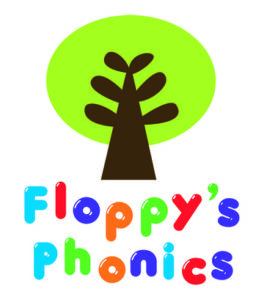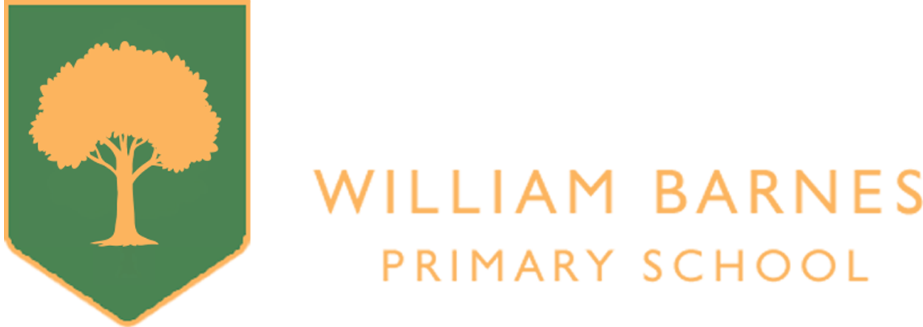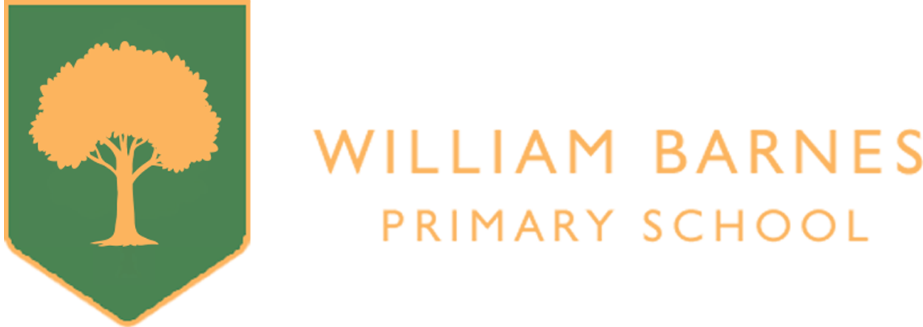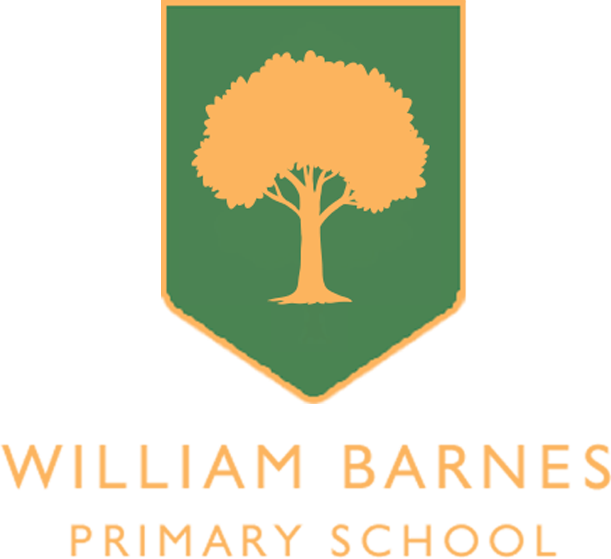
What is Phonics?
Phonics has been proven to be the most effective method of teaching children how to read. Synthetic phonics is a way of teaching reading. Your child will be taught two crucial things when they are learning to read using synthetic phonics:
- How sounds are represented by written letters. For example, they will be taught that the letter ‘m’ represents an mmm sound.
- How sounds can be blended together to make words. For example, they will be taught that the sounds of the letters ‘c-a-t’ blend together to make the word ‘cat’.
At William Barnes School we Follow ‘Floppy’s Phonics’ which is closely linked to Letters and Sounds. Floppy’s Phonics is a rigorous, easy-to-use systematic synthetic phonics teaching programme for early reading and writing success. We use the interactive phonics lessons and activities to teach sounds, blending, grapheme-phoneme correspondences, letter formation and pronunciation to the whole class, groups or for individual practice.
Teaching children to read is of the highest priority and our children begin the Floppy’s Phonics approach to learning phonics from the start of Reception and continue until they have a secure phonetic knowledge and are becoming confident, fluent readers. Many of our children begin their Floppy’s Phonics journey in Stepping Stones, our on site nursery, and a few children continue to learn to read using the Floppy’s Phonics approach in to Key Stage 2.
The core programme is started immediately as children enter Reception; with the expectation that they will be fluent readers, having secured word recognition skills, by the end of key stage one.
Phonics sessions take place every day and last for 15-20 minutes initially, rising to 30 minutes during level 1 + and thereafter 30 minutes throughout Reception and Year 1 and Year 2 (and beyond) if required. The children are taught as a whole class at a steady rate progressively moving through each level. In Reception, levels 1-3 are taught progressively and then in Year 1 the children move onto learning level 4 and 5. Progress is assessed continually through each session and at the end of levels to ensure rapid progress is being made and intervention is quickly given for those who need it either for sound recognition, blending or application into spelling.
To ensure consistency and fidelity to our phonics programme all teachers
of phonics use Floppy’s Phonics flashcards, friezes, sound mats and other resources to ensure consistency for children moving between groups or year groups.
Reading and writing routines:
- we use ‘dashes’ to represent each single letter grapheme and to represent a grapheme of more than one letter when spelling and writing and when
- reading children use their ‘pointy finger’ to track.


- when sound talking words, each phoneme in a word is shown using the fingers on one hand raising them from right to left (left to right for the children as this is the direction we read).

- Phonics lessons should be fast paced and constantly reinforce knowledge and consolidate understanding.
- Children who are falling behind should be swiftly identified and targeted interventions provided to enable them to keep up. The same resources used in lessons are used to deliver group or 1:1 interventions for consistency.
Please click on the links below and watch the videos to find out more about Phonics teaching at William Barnes.
Floppy’s Phonics Stage 1+ Sounds
Floppy’s Phonics Stage 2 Sounds
Floppy’s Phonics Stage 3 Sounds
Floppy’s Phonics Stage 4 Sounds
Please click on the videos below for guidance on completing the Floppy’s Phonics Home Learning Sheets
Guidance on completing Floppy’s Phonics Home Learning Sheets
Stages 1+ to Stage 4
Guidance on completing Floppy’s Phonics Home Learning Sheets
Stage 5




